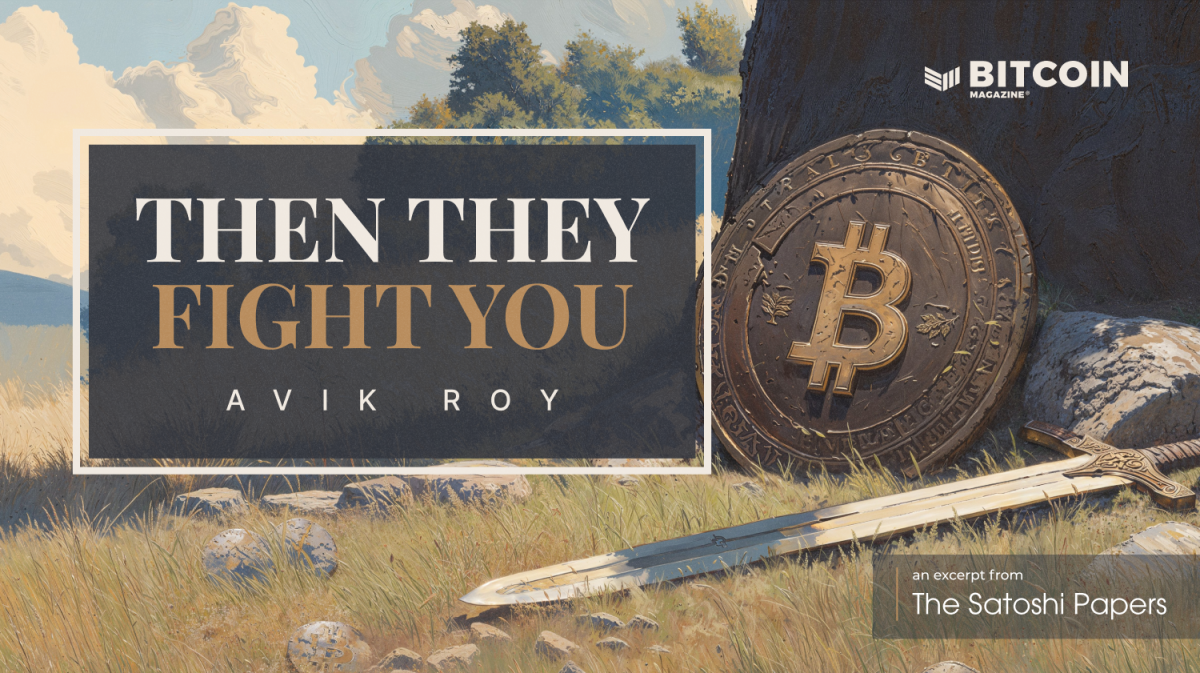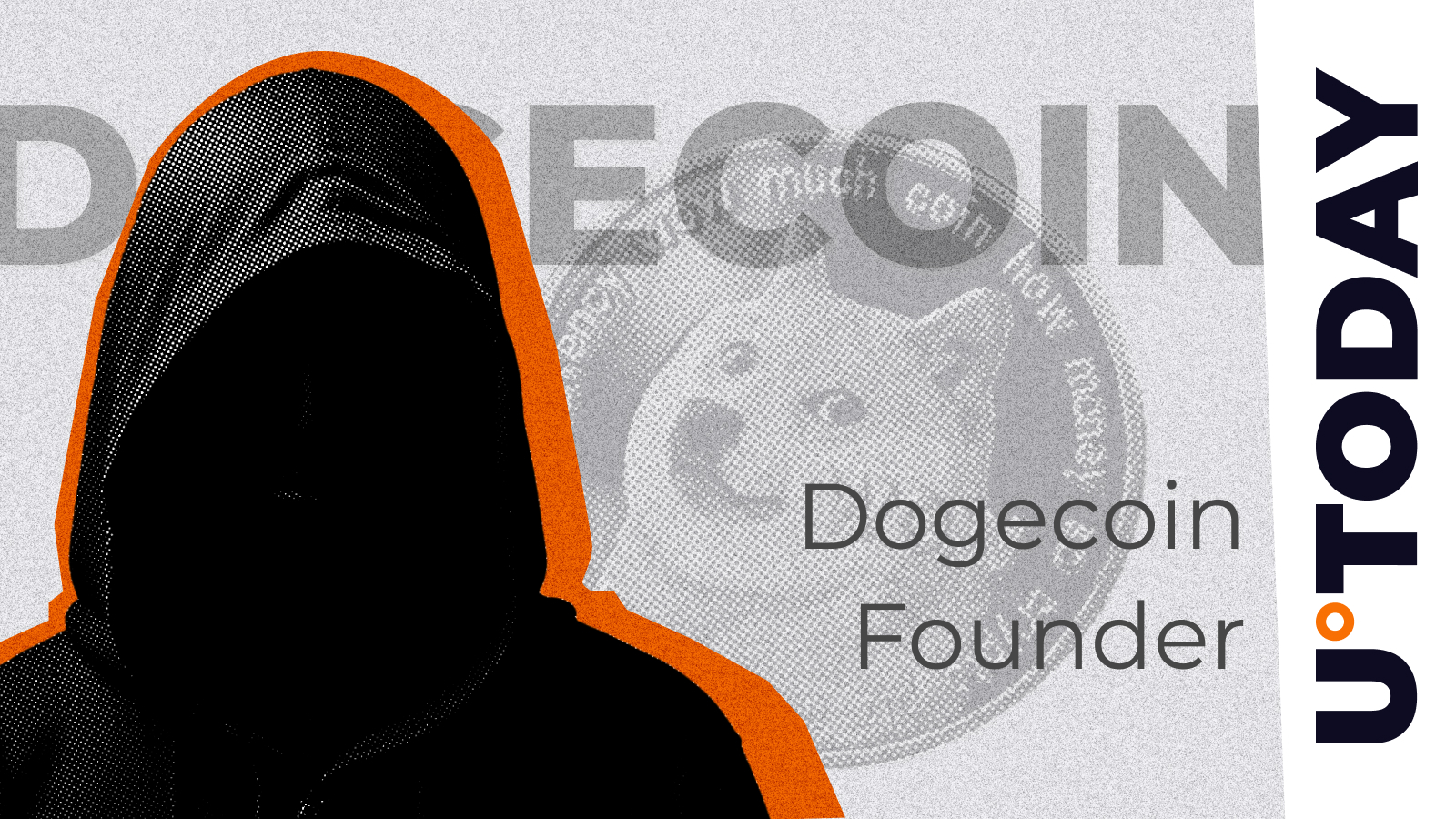ARTICLE AD BOX
The Virtual Society Foundation, an independent organization initiated by British startup Improbable, has released technical details for its blockchain project Somnia.
The announcement includes an updated whitepaper and specifications for the platform’s development.
🚀🦾 We’re beyond excited to share that @Improbableio is developing Somnia's Blockchain, the fastest EVM l1 to bring entire worlds’ data fully on-chain. 🤝https://t.co/23wamsRTV7
With over a decade of expertise in building virtual worlds, they’re now helping us build the… pic.twitter.com/ebu9GW0UkG
— Somnia – a Fully Onchain World (@Somnia_Network) October 24, 2024
Somnia claimed to have 400,000 TPS
The project, which received initial funding through MSquared’s $150 million raise from investors including Andreessen Horowitz, SoftBank, Mirana Ventures, CMT Digital, and SIG, claims to achieve transaction speeds exceeding 400,000 TPS through its Multistream Consensus mechanism.
The foundation reports that the platform utilizes compression algorithms designed to move 10-20 times more data between nodes compared to existing blockchain networks. The project aims to maintain transaction costs below one cent through these optimizations.
Improbable, known for its experience in virtual world development, provides engineering support and technical resources to the project.
The company’s founder and CEO, Herman Narula, stated that the project applies gaming and distributed systems knowledge to address blockchain scalability issues.
Paul Thomas, founder of The Virtual Society Foundation, indicated that the platform’s infrastructure is being developed to support real-time applications spanning gaming, social networks, and decentralized finance.
The blockchain project’s development represents a major investment in blockchain infrastructure, though its performance claims and technical capabilities remain to be demonstrated in real-world conditions.
 (1).png) 1 month ago
30774
1 month ago
30774










 English (US) ·
English (US) ·